How to ride the two wheels to work
Good day, dear Habroskoobschestvo.
A year ago, it was exactly the same spring day as today. As usual, I went to work by public transport, experiencing all those wonderful feelings, familiar to everyone who drives in transport at rush hour. Behind me, the barely closed door of the bus propped up. The hair of a girl who was emotionally quarreling with a middle-aged lady, twisting her head every half minute, constantly climbed into my face. The whole picture was supplemented by a persistent smell, as if in a cheese shop somewhere in the south of France. But the source of the smell, this lover of Roquefort and Brie de Mau, a follower of Louis XIV on the adoption of water procedures, quietly slept in the bus seat. It was on that day that I decided that it was time to abandon public transport in favor of personal transport.

')
In the article below, I want to tell you how I came to the decision to use a bicycle as a transport for a home-work-home route, to address equipment issues for skating, both necessary and not so much, and to share tips on driving behavior on a two-wheeled vehicle.
Having a great desire to abandon the use of public transport, while remaining within the annual budget of the family, I was faced with a difficult dilemma. Introductory were as follows:
The options that I threw back immediately:
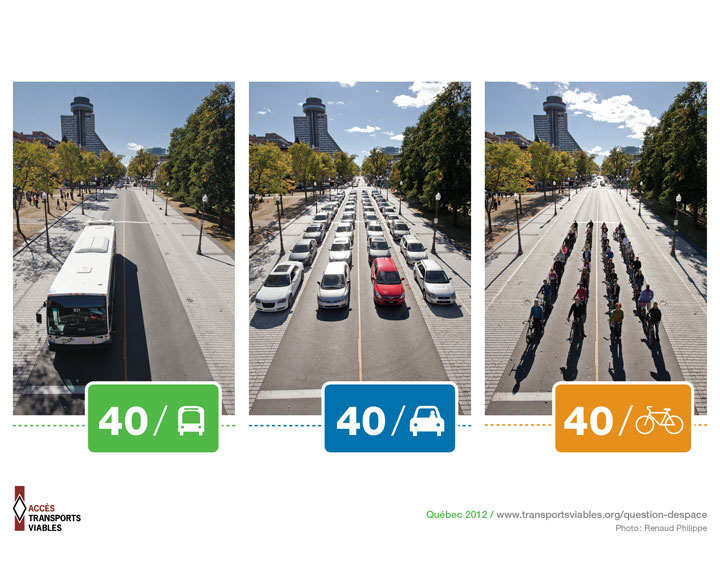
There are two options left: a scooter / motorcycle and a bicycle. Unfortunately, no matter how I puzzled, I never figured out where to leave the moto for the night. No matter how I looked, it was either far, or expensive, or unsafe.
In the end - a bicycle. It seems that the decision was made, but doubts were tormented, because I had a bicycle 15 years ago and that old Stork, which I rode in the yard with the boys. But during a trip to my friends in Europe, I had the opportunity to ride a good bike around the European suburbs, and it turned out that they say that you learn to ride a bike only once and for the rest of your life.
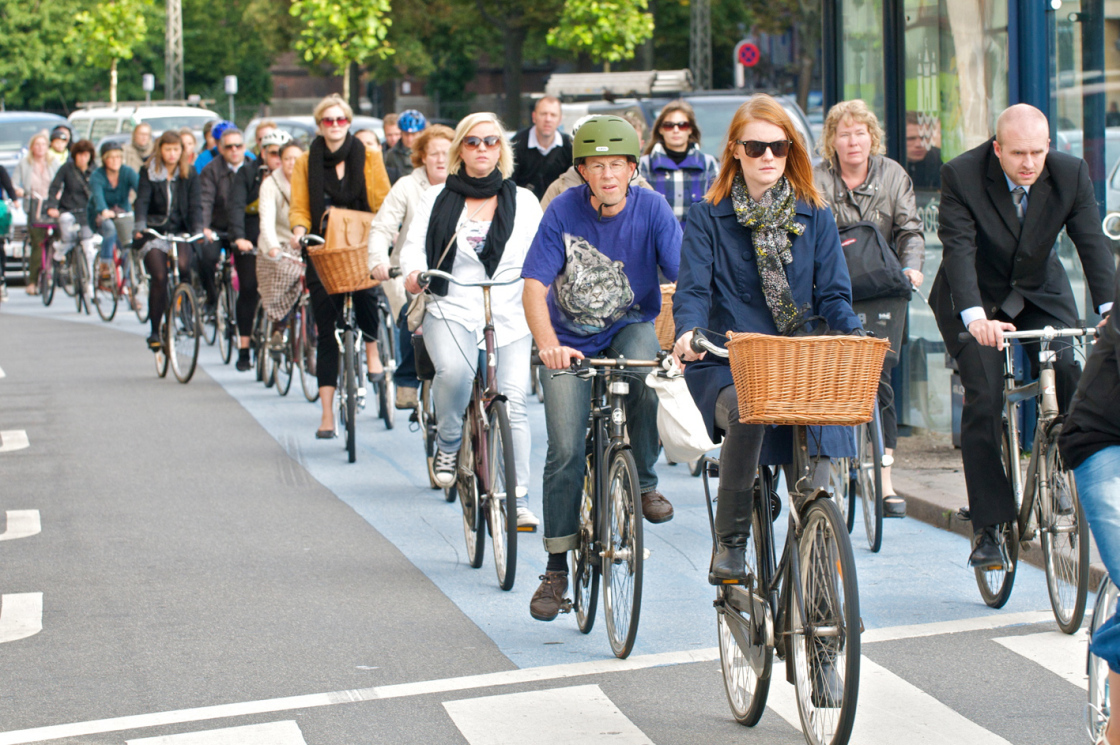
I must say at once that it is not quite clear to me why there is so much propaganda around the bicycle that the bicycle is the solution to all problems, in my opinion nothing of the kind. If we approach it systematically, then for all its merits, the bicycle in general is a convenient transport from point A to point B in fairly limited conditions of use. I have divided the conditions into several categories.
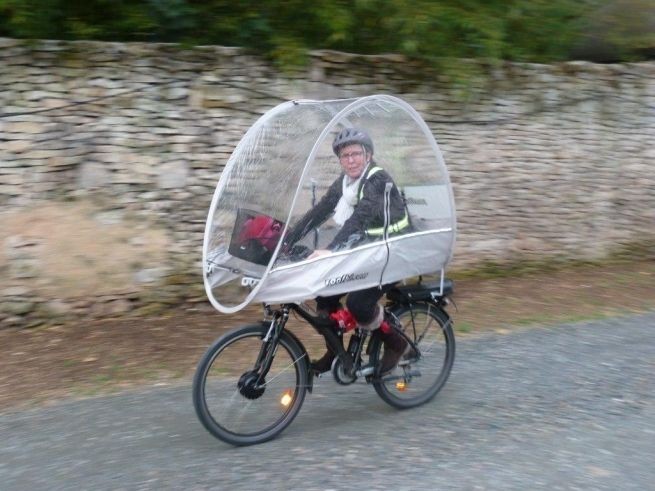

It seems that all the stars came together, it's time to buy. The subtleties of choosing a bike, tips on choosing a bike and meticulous study of bicycle forums on issues like which is better 27.5 ”+ or 29” I leave behind the scope of this article or maybe write a separate one if this topic is interesting and relevant in Habré. Let me just say that I chose a hardtail mountain Niner (with big wheels) for $ 300. He came to me in a cardboard box and in one evening I assembled it and arranged it for myself. Everything, tomorrow to go to work by bicycle, although hey, it seems I forgot something ...
After reading the traffic rules, I was very surprised that for a bike the regulated minimum of equipment is only a white reflector in front, red in the back and orange reflectors on the sides. And at night the headlight in front. Everything. Neither about the flashing red lantern behind nor about the helmet. Not a word. After rereading dozens of sites with tips on outfit for velonovichesk and reviewing several hours of reviews, I came to this list of what I carry every day with me:
At first, my route lay along the big city highways, as it seemed to me that there the road was smoother and shorter and faster. Separate pleasure to drive along standing in traffic. Travel time from home to work was reduced from 60-90 minutes by public transport to a stable 25-30 minutes by bike + 15 minutes per shower in the office.
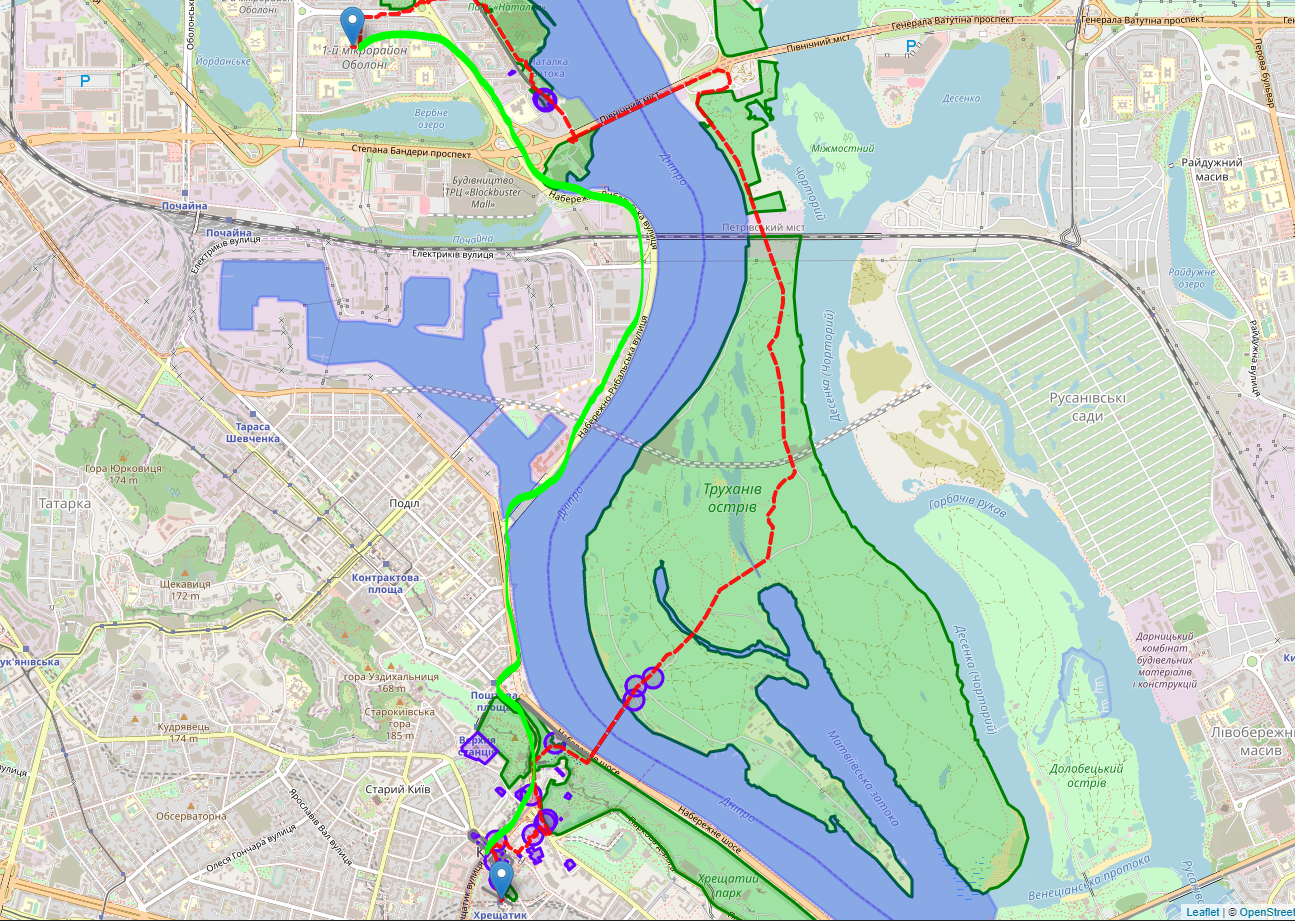
But once on Habré, I came across an article about a service for building interesting walking routes . Thank you JediPhilosopher . In short, the service builds routes through interesting sights and parks. Having played around with the map of the day 3-4, I built a route, which consists of 80% of small streets with non-fast traffic (speed limit 40) or parks. It has become a little longer, but according to subjective sensations it is much safer, since now there are cars near me that go out of the courtyards and drive a maximum of 40 km / h, and not minibuses that go under 60 km / h while rearranging three or four times. in two minutes. From what the next tip - build a route through the small streets and courtyards. Yes, the courtyards have their own specifics in the form of marginal elements, dogs and suddenly running out children. But with each of these "specifics" can be negotiated without damage to them and for themselves. But with KAMAZ, which decides to be reconsidered without turn signals, it is more difficult to agree without consequences.
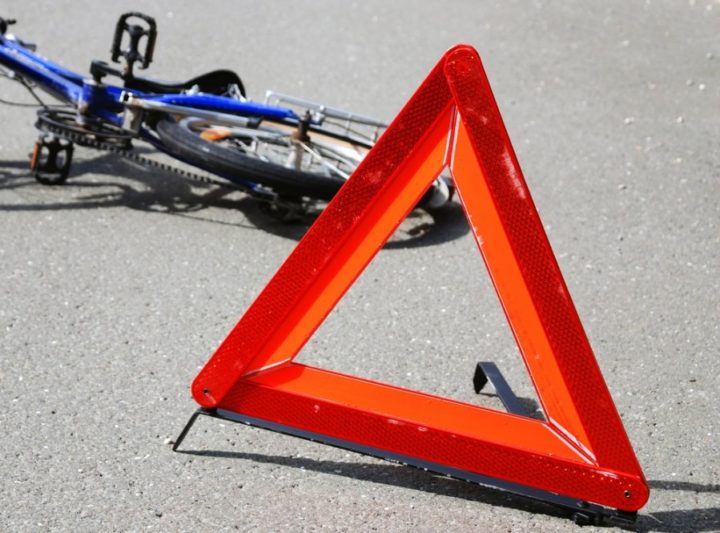
As popular wisdom says, it is better to learn from the mistakes of others, therefore, I spent several hours watching a video from a bicycle accident. Subjectively assessing the video by the participants in the movement of the traffic rules, I came to the conclusion that in approximately 85-90% of cases a cyclist is to blame for an accident. I understand that videos on YouTube are not representative at all, but they formed some patterns of behavior on the road. Basic rules that I would advise to follow on the road:
Over the past year, I drove a little more than two and a half thousand kilometers on city roads. I hope this article is useful to those who decide to try their hand at this. Not once a year under the action of a bicycle to work, but at least four days a week, six months a year.
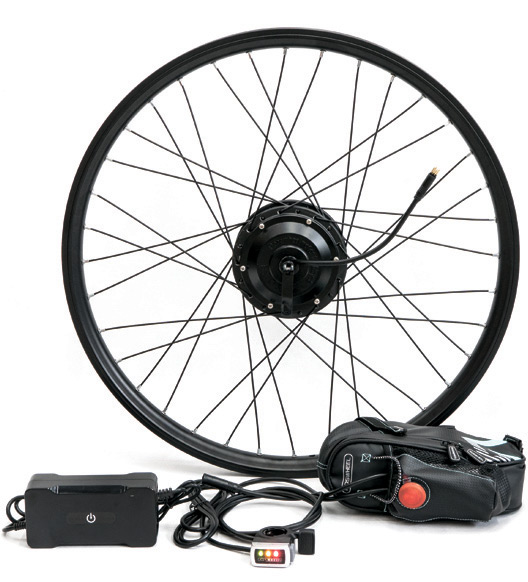
And in the beginning of February I bought and installed a 350 W front motor wheel. I drove it for about 400 km. But that's another story, which, however, I can tell you in the next article.
A year ago, it was exactly the same spring day as today. As usual, I went to work by public transport, experiencing all those wonderful feelings, familiar to everyone who drives in transport at rush hour. Behind me, the barely closed door of the bus propped up. The hair of a girl who was emotionally quarreling with a middle-aged lady, twisting her head every half minute, constantly climbed into my face. The whole picture was supplemented by a persistent smell, as if in a cheese shop somewhere in the south of France. But the source of the smell, this lover of Roquefort and Brie de Mau, a follower of Louis XIV on the adoption of water procedures, quietly slept in the bus seat. It was on that day that I decided that it was time to abandon public transport in favor of personal transport.

')
In the article below, I want to tell you how I came to the decision to use a bicycle as a transport for a home-work-home route, to address equipment issues for skating, both necessary and not so much, and to share tips on driving behavior on a two-wheeled vehicle.
How and why I sunk to two wheels.
Having a great desire to abandon the use of public transport, while remaining within the annual budget of the family, I was faced with a difficult dilemma. Introductory were as follows:
- Public transportation costs were about $ 1.5 a day, or about $ 550 a year.
- The maximum distance that needed to be covered: 8km to the house-> work + 12 km work-> training + 12 km training-> house. In general, about 32 km per day. On the way there is a rather long climb (about 2 km when tilted at 8-12%) and a section of uneven road through the industrial zone.
- Between the points I wanted to move as quickly as possible.
The options that I threw back immediately:
- Taxi / own car / car-sharing - in any way, even with the most cunning schemes, they were not included in the budget
- Giroskuter, monowheel and scooter can not provide a combination of speed / safety in that part of the path, which lies through the industrial zone, where the road from the road is only the name and sign 1.16 Uneven road. And they hardly mastered the rise.
- Your legs are long. I tried going to work-> home. It turned out an hour and a half. I did not have time to train on foot with the current work schedule, even with a run.

There are two options left: a scooter / motorcycle and a bicycle. Unfortunately, no matter how I puzzled, I never figured out where to leave the moto for the night. No matter how I looked, it was either far, or expensive, or unsafe.
In the end - a bicycle. It seems that the decision was made, but doubts were tormented, because I had a bicycle 15 years ago and that old Stork, which I rode in the yard with the boys. But during a trip to my friends in Europe, I had the opportunity to ride a good bike around the European suburbs, and it turned out that they say that you learn to ride a bike only once and for the rest of your life.

Analysis of the possibility of cycling
I must say at once that it is not quite clear to me why there is so much propaganda around the bicycle that the bicycle is the solution to all problems, in my opinion nothing of the kind. If we approach it systematically, then for all its merits, the bicycle in general is a convenient transport from point A to point B in fairly limited conditions of use. I have divided the conditions into several categories.
The necessary conditions:
- short distances. Bike as a daily transport is hardly suitable for people who travel more than 50 km per day, although there are exceptions. As research in Copenhagen shows, most cycling trips are 5 km one way. As I wrote above, I get a little more, but I do not feel much fatigue.
- no need to travel on business during the working day or to import children / spouse to school / garden / work. Then I was lucky - I work in the office, 8 hours. Lunch I take from home.
- Seasonality and weather conditions should promote comfortable movement on a two-wheeled. Here I want to say that everything is relative. If there is a desire, then no weather will stop, but still, my two-wheeled vehicle spent the whole winter in a drawer behind the wardrobe.

Desirable conditions
- Presence of bicycle infrastructure. With bicycle paths, things are not so straightforward, in the CIS countries, bicycle tracks seem to be built, and it seems difficult to ride along them. Sudden obstacles in the form of people, hatches, drains, pillars and holes on bicycle lanes practically level their presence.
- Bicycle parking, changing room and shower at work. At bicycle forums they write that you can ride without sweating or wiping yourself with a wet towel in the toilet. They also say that if there is no bicycle parking, you can ask the guards to look or leave in the back rooms. But here I was very lucky - the employer provides bicycle parking and a shower.
- Bicycle storage at home. Not quite obvious, but extremely important condition, both for the safety of the bike, and for the convenience of the household. On working days, I leave the very first house and return the last one, so the bike is in the corridor just behind the entrance door. If guests are planned or ahead of the weekend - bring the bike to the balcony. For the winter I packed in a box and in the closet.

It seems that all the stars came together, it's time to buy. The subtleties of choosing a bike, tips on choosing a bike and meticulous study of bicycle forums on issues like which is better 27.5 ”+ or 29” I leave behind the scope of this article or maybe write a separate one if this topic is interesting and relevant in Habré. Let me just say that I chose a hardtail mountain Niner (with big wheels) for $ 300. He came to me in a cardboard box and in one evening I assembled it and arranged it for myself. Everything, tomorrow to go to work by bicycle, although hey, it seems I forgot something ...
Equipment
After reading the traffic rules, I was very surprised that for a bike the regulated minimum of equipment is only a white reflector in front, red in the back and orange reflectors on the sides. And at night the headlight in front. Everything. Neither about the flashing red lantern behind nor about the helmet. Not a word. After rereading dozens of sites with tips on outfit for velonovichesk and reviewing several hours of reviews, I came to this list of what I carry every day with me:
- Bike Helmet
The most controversial element of cycling. According to my observations, more than 80% of cyclists in my city drive without helmets. The main argument for riding without a helmet seems to me formulated by Varlamov in his video . Also, while traveling in Europe, I also watched that people in the city mostly drive without helmets. But, as one friend told me a cyclist: Newbies and professionals ride in helmets for a reason. I decided that I was a novice, and the first purchase in addition to the bike was a helmet. And since then, I always ride in a helmet. - Lighting
Since I drive about 50% in the dark, I have tried a wide variety of flashlights / flashers / lights. As a result, the final set was reduced to this type:
Two headlights in front - one with a wide angle of light, the second with a bright spot.
Four small dimensions - two white on a fork and two red near the rear wheel
Two dimensions in the ends of the steering wheel in red.
A piece of white LED strip under the frame.
Two red dimensions in the back - one is on, the second is flashing.
All this luminous household consumed batteries or had its own built-in small batteries, which lasted for one and a half - two hours. Therefore, I decided to transfer all the light to power from a single source. No sooner said than done. The case took about 3 evenings. Disassemble the case, solder the wiring, assemble, repeat. As a result, everything is now powered from the same can with USB 5 Volt and 2.1 A and a capacity of 10 Ah. According to the measurements enough hours for 10 continuous light.
In addition to adjusting the turns, he adjusted the orange 3W LED on the cycle glove. Powered by 3 V CR2025 tablets and sewed a button in the area of the index finger. Shines noticeably even in the afternoon. - Bike lock
Another accessory that I bought immediately after I bought the bike, since the bike during the working day remains in the parking lot under the office. Long chose the bicycle lock, but came to the fact that protecting the bike for $ 300 with a lock for $ 100 was somehow overkill and stopped at an average combination lock. - Clothes and bicycles
Clothes are the most usual bright T-shirt and pants / shorts. To be more noticeable - a bright backpack cover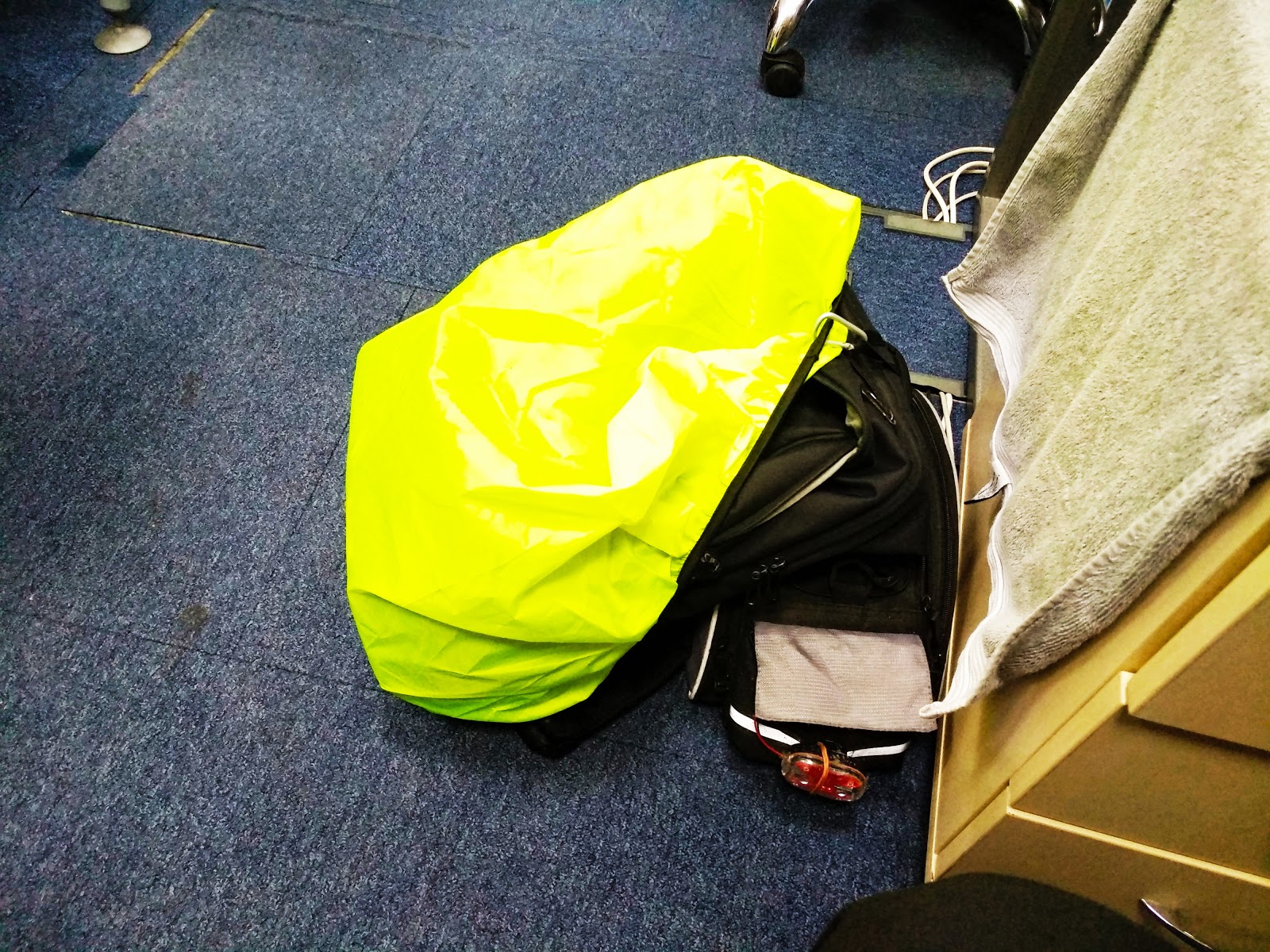
and light reflectors on hands.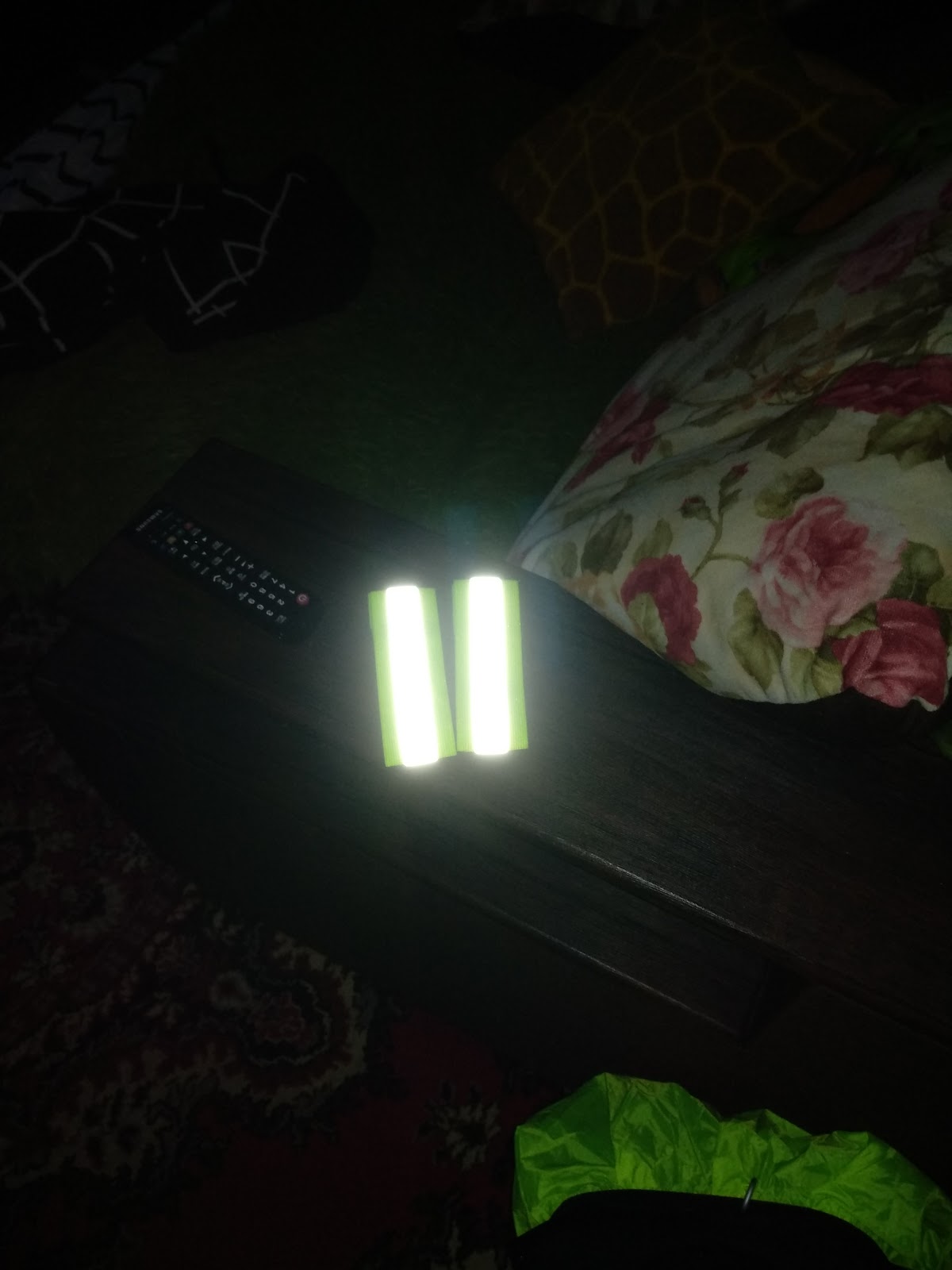
Bicycles are needed when driving along the road, when dust and all kinds of midges fly. I certainly wouldn't advise anyone to catch the Maybug in the eye even at a speed of 25 km / h. Another handy thing is the fingerless gloves - they allow your hands to not sweat or slide on the steering wheel. - Water
If you go close - a bottle of water will only be overweight. But if the path is longer than 5 km, then the cyclist vigorously rides loses fluid very quickly, so you should often drink. Take a couple of sips every fifteen minutes. I first had a regular liter bottle of water in my backpack. Then the bottle cage appeared on the frame - a half-liter bottle of cold tea was perfectly placed there. Now I have bought myself a hydrator, but I am not actively using it yet, because in the cold I don’t feel so much thirsty and I have enough half a liter all the way. - Repair accessories
For all the time I drive around the city, I only adjusted the gears with hexagons a couple of times, but I always carry a pump (small bicycle), a spare camera, a set of hexagons, a small adjustable wrench and a knife. In theory, all this can ever come in handy. - Bicycle bag, one more and one more for personal cycling
At first I bought myself a small bag in a triangle frame for a spare camera and keys, but after giving up the disposable batteries and switching to the powerbank, there was not enough space. So there was another bag, and then another, along with the trunk. But I carry so many things with me every day that I still don’t have enough space and I have to carry a backpack. - Cycling computer
The cycling computer is not at all an obligatory thing, but it's nice when you can say for sure that you've traveled 2,803 km in 150 hours in total. And that the maximum speed you had was 56.43 km / h and the average on the last trip was 22.32 km / h. Well, the first 999 on the cycle computer will be remembered forever.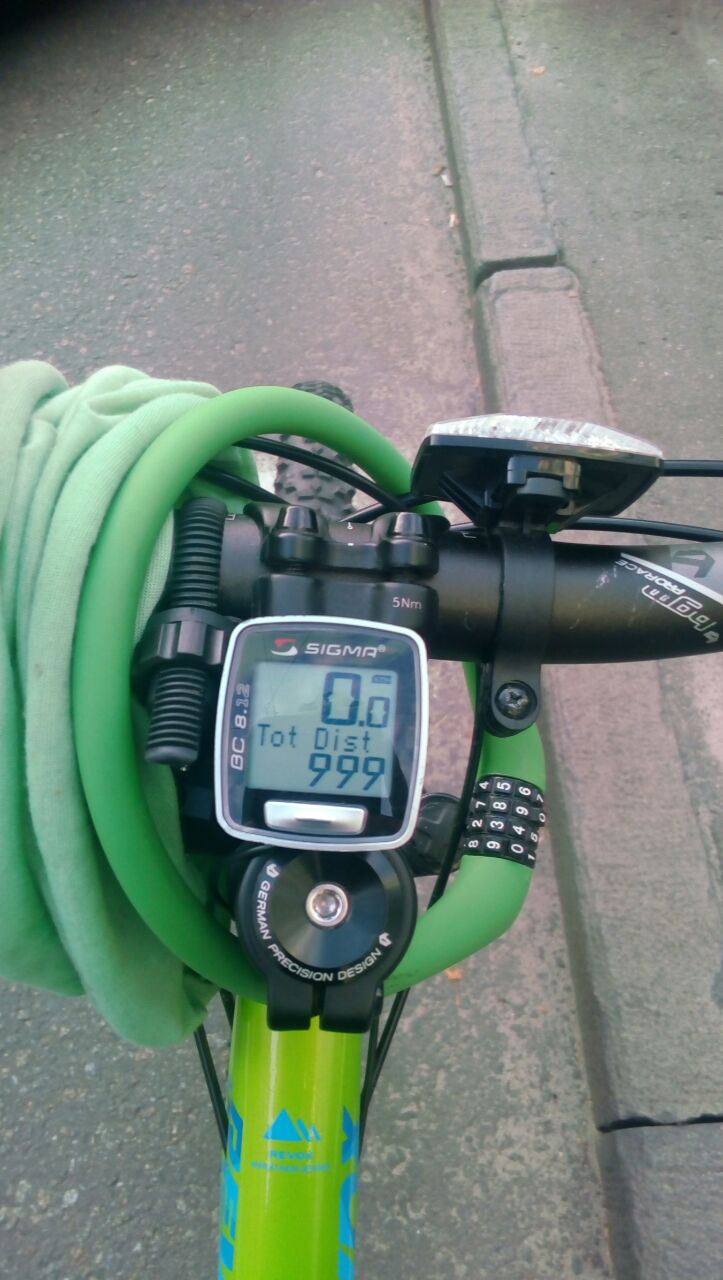
- Bike wings
Help to ride during and after the rain. Clothes and shoes are not so dirty. Yes, and in dry weather will not be superfluous, because it is impossible to predict whether the road will turn into a river after breaking through a water pipe on the way.
Route
At first, my route lay along the big city highways, as it seemed to me that there the road was smoother and shorter and faster. Separate pleasure to drive along standing in traffic. Travel time from home to work was reduced from 60-90 minutes by public transport to a stable 25-30 minutes by bike + 15 minutes per shower in the office.

But once on Habré, I came across an article about a service for building interesting walking routes . Thank you JediPhilosopher . In short, the service builds routes through interesting sights and parks. Having played around with the map of the day 3-4, I built a route, which consists of 80% of small streets with non-fast traffic (speed limit 40) or parks. It has become a little longer, but according to subjective sensations it is much safer, since now there are cars near me that go out of the courtyards and drive a maximum of 40 km / h, and not minibuses that go under 60 km / h while rearranging three or four times. in two minutes. From what the next tip - build a route through the small streets and courtyards. Yes, the courtyards have their own specifics in the form of marginal elements, dogs and suddenly running out children. But with each of these "specifics" can be negotiated without damage to them and for themselves. But with KAMAZ, which decides to be reconsidered without turn signals, it is more difficult to agree without consequences.
To work on a bicycle in a big city. Survive by any means.

As popular wisdom says, it is better to learn from the mistakes of others, therefore, I spent several hours watching a video from a bicycle accident. Subjectively assessing the video by the participants in the movement of the traffic rules, I came to the conclusion that in approximately 85-90% of cases a cyclist is to blame for an accident. I understand that videos on YouTube are not representative at all, but they formed some patterns of behavior on the road. Basic rules that I would advise to follow on the road:
- Be noticeable on the road. During the day - bright clothes, at night - the maximum amount of light and reflective elements. Believe me, this is important. Even Uber'a autopilot could not recognize the cyclist in black at night. I, too, somehow nearly knocked down a fisherman in camouflage clothing on a bicycle without reflectors and lanterns. I saw him, just a couple of meters away. And if my speed was not 25 km / h, but more, I would definitely catch up with him.
- Be predictable. No abrupt rebuilds (if there is a pit in front, slow down, look back, and only then rearrange). When rebuilding - show the direction of rotation, but remember that even if you showed a turn, not the fact that you understood / saw - be sure to look back and make sure that the maneuver is safe. Better two times.
- Observe traffic rules - here without comments.
- Try to predict the movement of cars. If the flow on the left is slowing down, then maybe someone in front of them wants to turn on the opposite side and they let it through. At the intersection, even on the main one, slow down until you see that the driver leaving from the minor noticed you.
- A separate topic with parked cars - the doors of such cars can open and people can get out of them very quickly. And if the drivers somehow look at the mirrors before opening the doors, the passengers open the door as widely and as quickly as possible. Another parked car may decide that it is time to move into a bright future and start moving without turn signals or any other frills. Even because of the parked cars, mothers come out with wheelchairs, and the wheelchair rolls out first, and only then Madame appears. And still children jump out, sometimes animals ... In general, keep most attentively and expect everything.
- Do not hurry. Even if you are late, always leave room for maneuver.
Instead of a conclusion.
Over the past year, I drove a little more than two and a half thousand kilometers on city roads. I hope this article is useful to those who decide to try their hand at this. Not once a year under the action of a bicycle to work, but at least four days a week, six months a year.

And in the beginning of February I bought and installed a 350 W front motor wheel. I drove it for about 400 km. But that's another story, which, however, I can tell you in the next article.
Source: https://habr.com/ru/post/444420/
All Articles